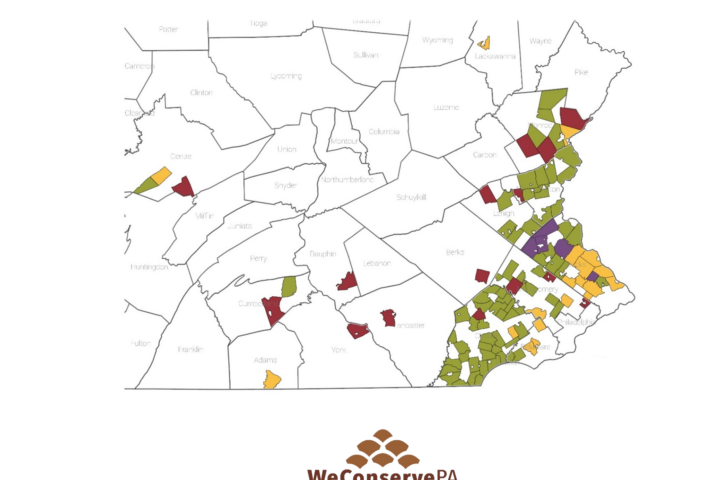Community visioning is a planning tool that empowers people to express a vision for the future of their community; ideally, this vision guides land-use decisions and regulations. WeConservePA has updated its guide, Community Visioning, which provides a general overview of best practices (and includes a variety of real-life case studies to examine) with which to approach this collaborative process, which usually involves concerned citizens, local and municipal officials, engaged community stakeholders, and (sometimes) outside consultants.
Community visioning is a process that gives residents, business owners, local institutions, and other stakeholders the opportunity to express ideas about the future of their community. Through a series of meetings, workshops, surveys, and growth-scenario comparisons facilitated by local leaders, participants create a community vision—a written statement that reflects the community’s goals and priorities and describes how the community should look and feel in years to come. Ideally, the vision shapes—and cultivates a sense of public ownership and buy-in for—future land-use decisions and regulations in a municipality, county, or region.
The Pennsylvania Municipal Planning Code (MPC) does not require municipalities to facilitate a formal community visioning process as described in this guide. Nonetheless, many communities in Pennsylvania (and nationwide) have used community visioning to inform their land-use decisions.
This guide provides an overview of the visioning process, outlines key ingredients for a successful process, and offers case studies of real-world visioning efforts in four communities.


